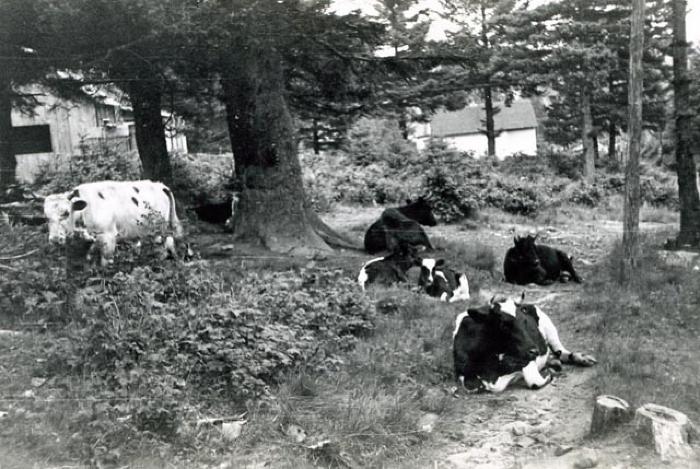Cow — KaRauwaq (n), KuRuwaq (S)

Russian fur traders introduced the first cattle to Kodiak. When Gregori Shelikov arrived in the archipelago in 1784, he noted the abundance of local grasses and sent orders to Russia to import cattle from Siberia. According to a report by Billings, there were cattle at the Three Saints Bay colony by 1790, just six years later. Cattle fared well and became a staple resource.
Russians traders gave some of the imported cattle to Native communities to supply milk and meat and promote herding. Because Alutiiq people were not used to eating dairy products and had little interest in raising cows, the number of cattle dwindled. By the late 1800s, however, some Alutiiq families maintained milk cows, and cattle were among the animals raised at the Baptist Mission Orphanage on Woody Island. Here, Alutiiq children helped to care for the stock, milking cows and cutting hay for winter feed from the meadows in Kalsin Bay.
By the early 1900s, cattle ranching began in earnest. The herds were hard to care for. Animals were difficult to feed in winter and many fell off cliffs or were killed by bears. However, ranching took hold.
